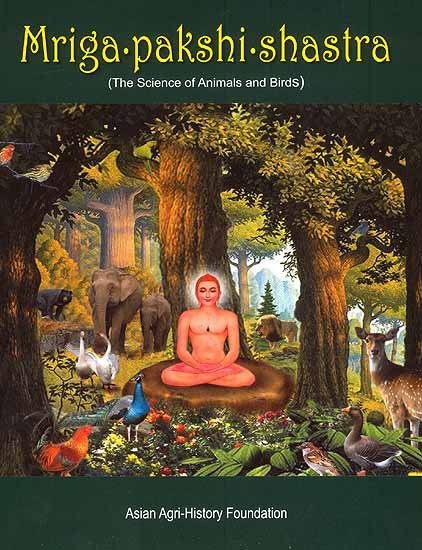Animal Kingdom (Tiryak) in Epics
by Saranya P.S | 2019 | 51,616 words | ISBN-10: 8190396315 | ISBN-13: 9788190396318
An English study the Animal Kingdom (Tiryak) in Epics.—The present thesis is based entirely on Ramayana and Mahabharata although an attempt is made to analytically compare the Animal kingdom with Mriga-pakshi-shastra—‘The ancient Indian science of of Animals and Birds’....
Chapter 4.20 - Animals and birds in the epic Ramayana (Introduction)
In the Ramayana there are descriptions regarding many kinds of birds. These include birds of the air, water and earth. The following are some of the important birds included in the Ramayana.
In the Ramayana, Valmiki describes the flora and fauna in great details. The descriptions in the Ramayana reflect the supremacy of nature. Valmiki describes the fauna as extensively as he does the plants in his epic.
In the Ramayana, Citrakuta has been described as Mahavana. Valmiki has given detailed information about this Mahavana[1].Valmiki noticed and has made pointed references to both carnivores and herbivores. Elephants, different types of deer, bears, monkeys, tigers and cheetahs get special mention. Deer was the most common animal in Citrakuta and it is given detailed treatment.
Among the birds found there, we see species of peacocks, cuckoos andsmall cranes. Various aquatic birds like Rathanga (Ruddy Shelduk), Karandhava (Coot), Kraunca (Pond heron), lava (heron), Hamsa (Swan) and Natyuha (Gallinule) are described. The presence of the common species of birds like cuckoo and Cakora provide a melodious background to the landscape, and thus adds to its natural beauty.
Among the animals that find mention in the Citrakuta forest are Golangula (Cow-tailed monkey), Mahisha, Prisatta (Spotted deer) and Riksha (bear). Then there are birds like Karandhava (Coot), Koyashthi (Green-Billed Coucal), Kraunca (pond heron) and Natyula (Gallinule). He has also mentioned singing birds such as kokila, mayura and a migratory bird called sarasa. Thus Valmiki has given a good picture of the aquatic as well as land birds.
Footnotes and references:
[1]:
Valmiki Ramayana .III. 54.29, 94.4-13
